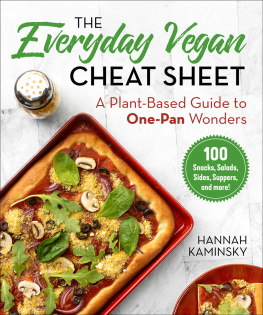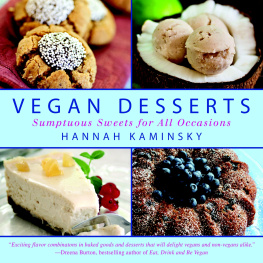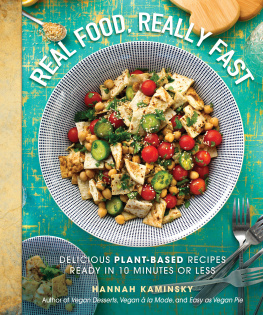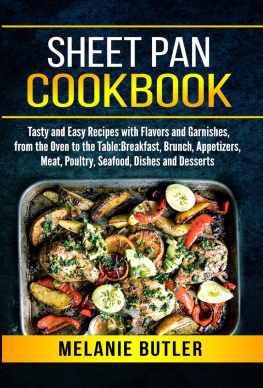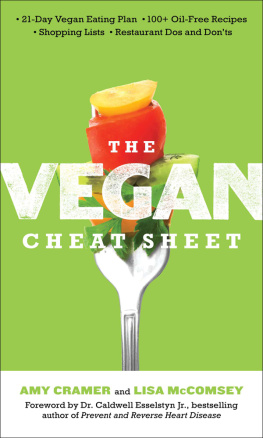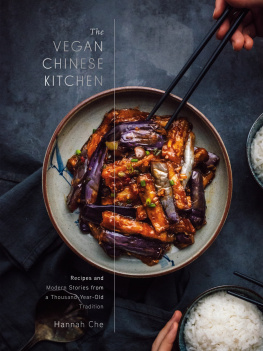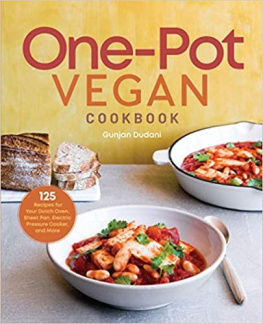
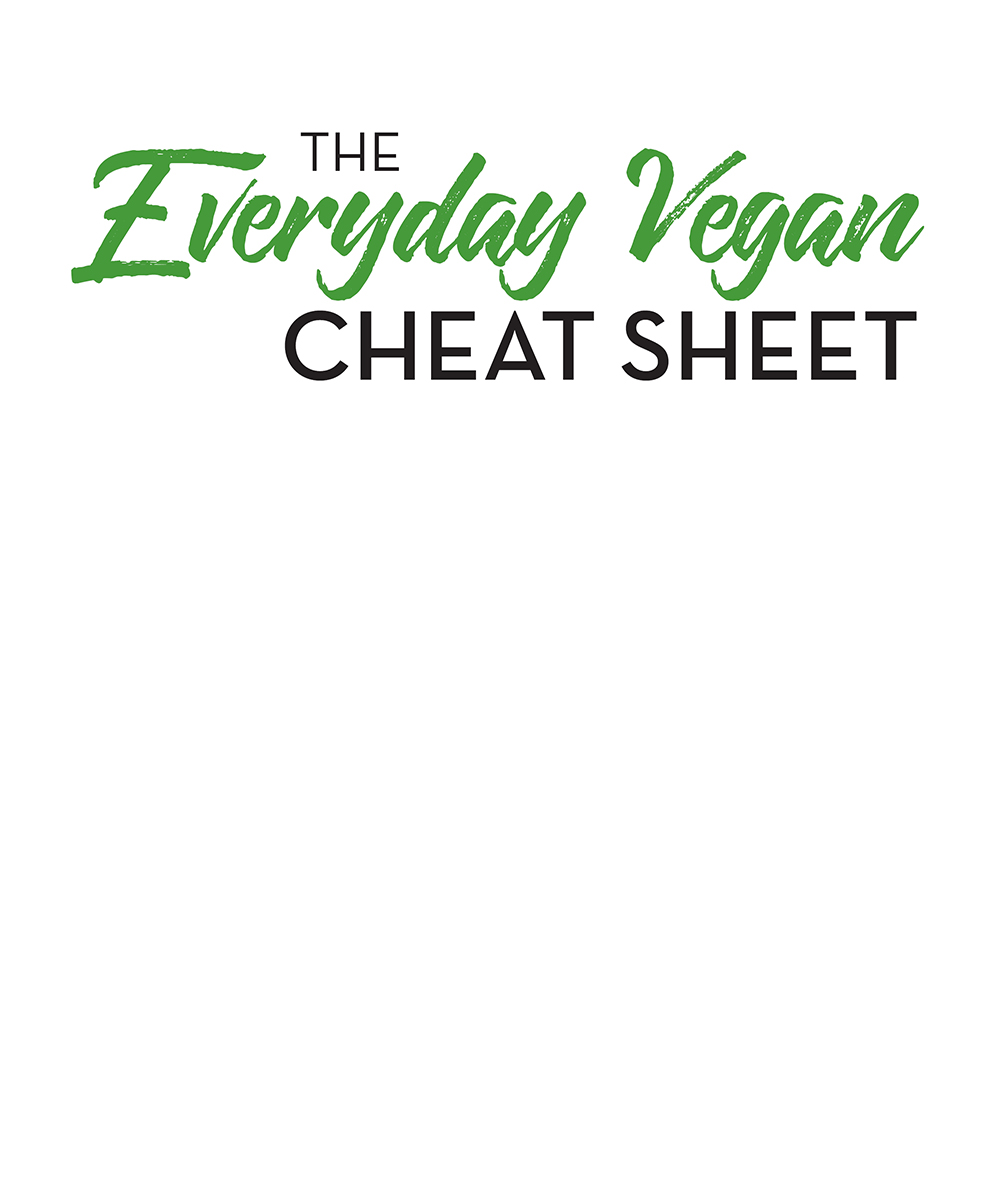

Copyright 2022 by Hannah Kaminsky
All rights reserved. No part of this book may be reproduced in any manner without the express written consent of the publisher, except in the case of brief excerpts in critical reviews or articles. All inquiries should be addressed to Skyhorse Publishing, 307 West 36th Street, 11th Floor, New York, NY 10018.
Skyhorse Publishing books may be purchased in bulk at special discounts for sales promotion, corporate gifts, fund-raising, or educational purposes. Special editions can also be created to specifications. For details, contact the Special Sales Department, Skyhorse Publishing, 307 West 36th Street, 11th Floor, New York, NY 10018 or info@skyhorsepublishing.com.
Skyhorse and Skyhorse Publishing are registered trademarks of Skyhorse Publishing, Inc., a Delaware corporation.
Visit our website at www.skyhorsepublishing.com.
10 9 8 7 6 5 4 3 2 1
Library of Congress Cataloging-in-Publication Data is available on file.
Cover design by David Ter-Avanesyan
Cover photo by Hannah Kaminsky
Edited by Leah Zarra
Print ISBN: 978-1-5107-6865-9
Ebook ISBN: 978-1-5107-6866-6
Printed in China
Contents
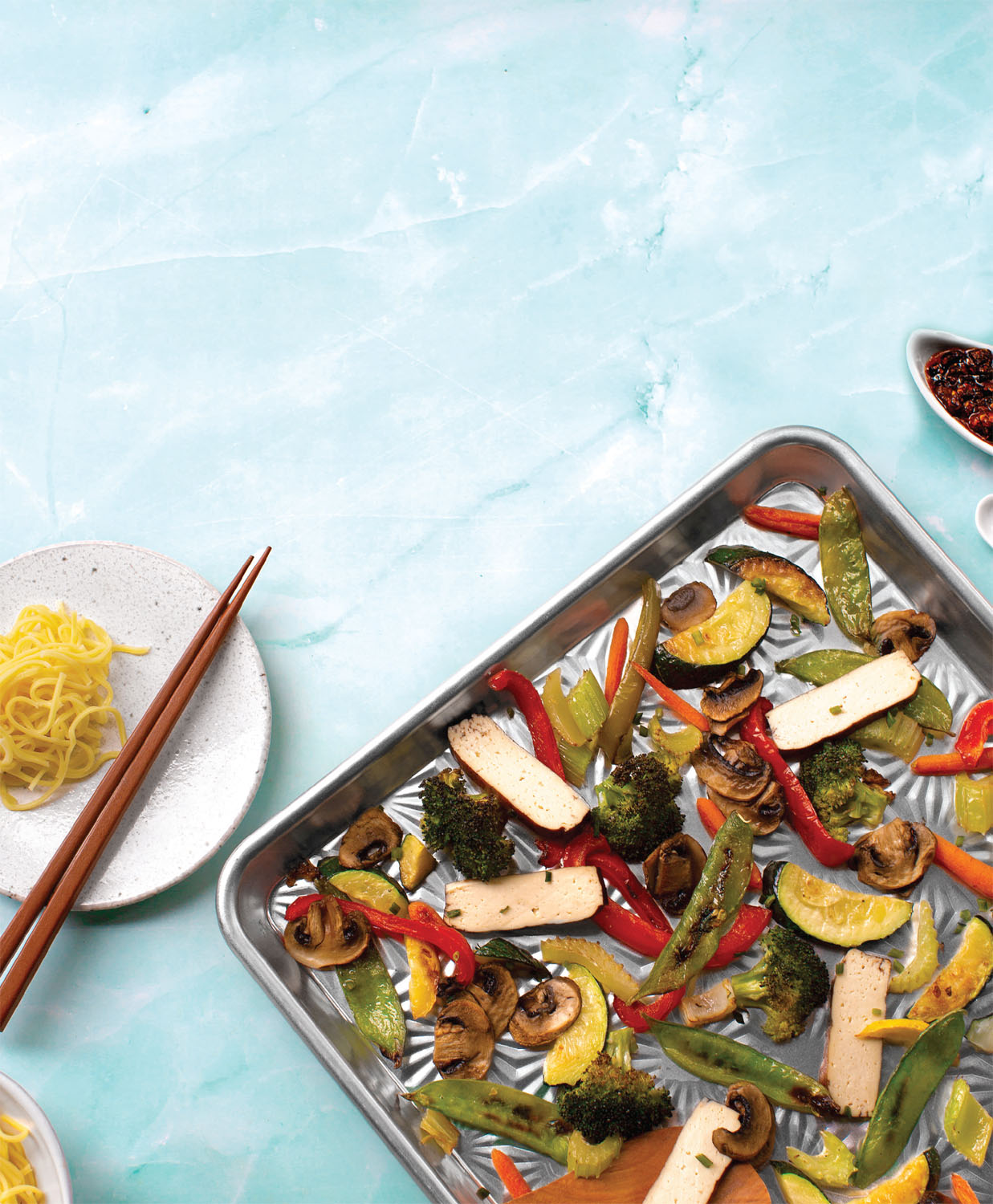
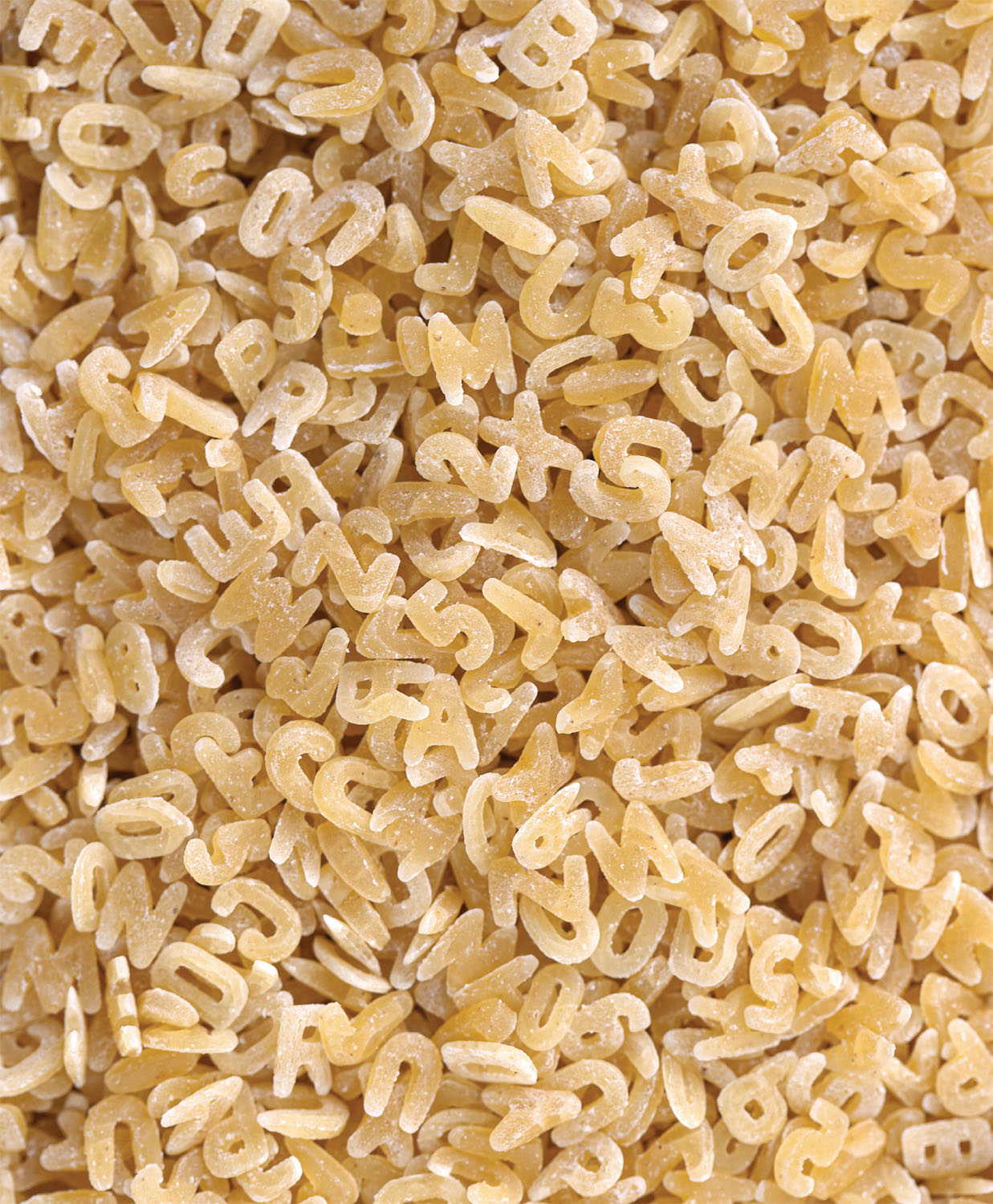
Introduction
Whats so special about sheet pans? I cant recall anyone waxing rhapsodic about such a ubiquitous, unremarkable slab of metal, and yet, their rise in popularity has steadily grown over the years, building slowly and steadily. Dont call it a trend because its not a passing phasealready having withstood the test of time, sheet pans arent going anywhere.
What makes them so special is the fact that they arent. Everyone has one or two, or if youre like me, closer to twenty. They wont buckle under the blast of a 450-degree oven, nor the icy tundra of the freezer. Beyond baking, theres nothing like a sheet pan to help convey a full battery of ingredients, display a finished dish, or even build a table centerpiece for the truly crafty.
While many cooks would claim a knife to be the most crucial tool in the kitchen, theres a compelling argument to be made for the humble sheet pan. One-pot cookery gets all the love lately, especially with the invention of slick electronic pressure cookers and air fryers, with all their bells and whistles. Lets shift that perspective to focus in on one-pan cookery instead, for the numerous, obvious benefits.
Entire meals take shape on a single sheet, enabling you to feed a crowd with minimal effort, little cleanup, and zero stress. Forget about the initial cost barrier of a fancy new gadget; if you somehow have made it this far in life without any sort of sheet pan, I promise youre not far from one. If youre not convinced, borrow one from a neighbor, invite them over for dinner, and youll see that its well worth a few extra dollars.
From oven to table, prepare yourself for a veritable sheet show once you get started. Sheet, yes!
NO SHEET, SHERLOCK
Before we start cranking up the oven and busting out the knives, we need to begin with the single most critical question of all: What is a sheet pan, exactly? In the broadest terms, a sheet pan is a baking tray with a shallow rim around all four sides. Theyre most frequently made of aluminum, but are also available in stainless steel, carbon steel, copper, ceramic, and even silicone.
Nonstick options add a thin layer of polytetrafluoroethylene (PTFE), also known as Teflon, over that base, but I dont recommend going this route. This coating makes them more prone to warping over time, scuffing, and uneven cooking, to say nothing of the potential for chemical off-gassing at high temperatures. Baking aids like parchment paper or aluminum foil come in handy here to add an extra layer of defense over sticking for any pan!
Good old aluminum is the industry standard; peek into any commercial kitchen and youll see shelves stacked high with these weathered silver workhorses. Theyre cheap, readily available the world over, and found in the greatest range of sizes. Functionally, theyre exceptionally heat-conductive, which means they can brown food quickly and cool down just as fast out of the oven.
Speaking of sizes, heres where most people get into trouble. The most common dimensions are 18 13-inches, which is referred to as a half-sheet pan. That may look big to the average home cook, but it really is only the middle child in this family. A full sheet pan is 18 26-inches; larger than will fit in most household ovens. Designed for big batches in restaurants and industrial cooking applications, youre unlikely to come across these behemoths in a consumer cookware store. So then, whats smaller than a half? A quarter, of course! As you might have guessed, quarter sheet pans measure 9 13-inches, which is also the same size as many rectangular baking dishes. This is good to know in case youre dealing with a particularly saucy or soupy recipe and want to take out a bit of extra insurance against splashes or spills.
What, then, is a jelly roll pan? Yes, these are also sheet pans, but in a whole different category of measurement. These are 10 15-inches, designed primarily for roll cakes, of course. Can you cook a recipe designed for a half sheet pan in a jelly roll pan? Yes! Can you bake a cake made for a jelly roll pan in a half sheet pan? No! Baking demands more precision, which includes specific pan sizes to achieve the proper thickness of batter. It just wont cook through properly otherwise, and no one wants either a dry or soggy crumb.
For teeny tiny batches, there are indeed one-eighth sheet pans, clocking in at a mere 9 6-inches. These are really intended for use in toaster ovens, though they can be handy if youre scaling down a recipe to cook for one.
Finally, lets not forget about cookie sheets. Either completely flat or with just one raised lip, cookie sheets are not sheet pans. Theres no standard of measurement, theyre typically made of thinner or lighter material, and anything with even a drop of moisture will end up splattering all over the bottom of your oven. Lets leave those in the cabinet for this round, shall we?
RECIPE FOR SUCCESS
Stomach growling, mouthwatering, the best and worst time to crack open a new cookbook is when youre already hungry. Temptation to skip ahead, skim through instructions, or make wild substitutions is at an all-time high. I get it, and Im guilty of the same crime! For your best results, take an extra minute to make sure you get it right.
A good recipe should guide you from beginning to end easily, like a friend coaching you in the kitchen, answering questions before they even bubble up to the surface and teaching you a thing or two along the way. Eventually, you should understand the mechanics of the procedure well enough to riff on them to create your own culinary masterpiece, tailored to your unique preferences. For the first time out of the gate, though, try to stick to the instructions as written, at least if you want your meal to look like the photo. I promise, theres no trickery here; whats pictured is exactly what youll get if you play by the rules!
Next page
